- Joined
- Sep 3, 2000
- Messages
- 6,730
Something to be learned for those who are curious. Thought it may appeal to some of the participants on the forum.
xxxxxxxxxxxxxxxxxxxxxxxxxxxxxxxxxxxxxxxxxxxxxxxxxxxxxxxxxxxxxxxxxxxxxxxxxxxxxxxxxxxxxxxxxxxxxxxxxxxxxxxxx
Discover the ‘Diamond’s Spectral Constellation’. Michael Cowing explains why the ‘Spectral Constellation’ is the ‘nexus’ connecting a diamond cut’s light performance and its illumination and why it is the key to understanding the occurrence of fire in a diamond when used as a gemstone optical analysis technique.
https://acagemlab.com/ideal-brilliant-cut-and-spectral-constellation/
Michael D Cowing, M.Sc, FGA
AGA Certified Gem Laboratory
xxxxxxxxxxxxxxxxxxxxxxxxxxxxxxxxxxxxxxxxxxxxxxxxxxxxxxxxxxxxxxxxxxxxxxxxxxxxxxxxxxxxxxxxxxxxxxxxxxxxxxxxx
Discover the ‘Diamond’s Spectral Constellation’. Michael Cowing explains why the ‘Spectral Constellation’ is the ‘nexus’ connecting a diamond cut’s light performance and its illumination and why it is the key to understanding the occurrence of fire in a diamond when used as a gemstone optical analysis technique.
https://acagemlab.com/ideal-brilliant-cut-and-spectral-constellation/
Michael D Cowing, M.Sc, FGA
AGA Certified Gem Laboratory



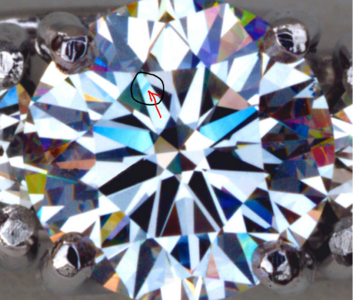

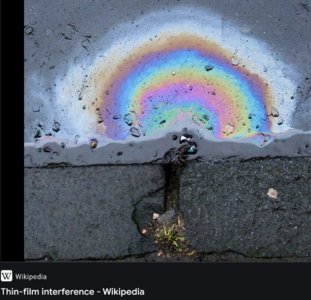
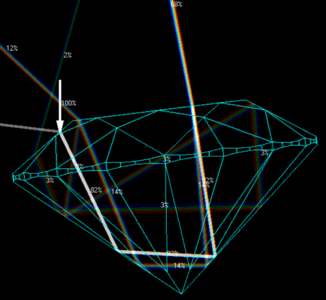
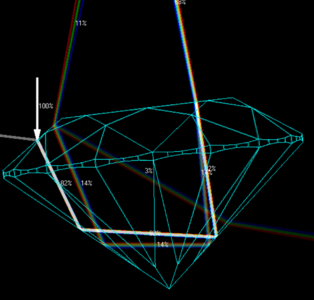

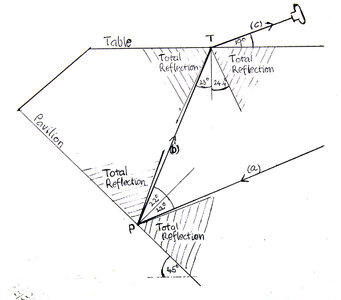
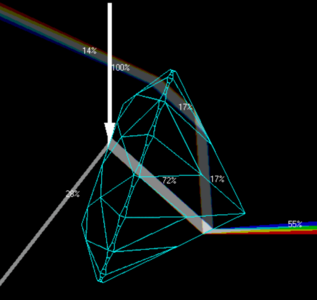
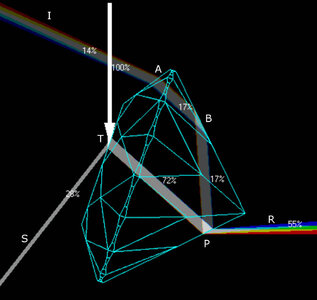
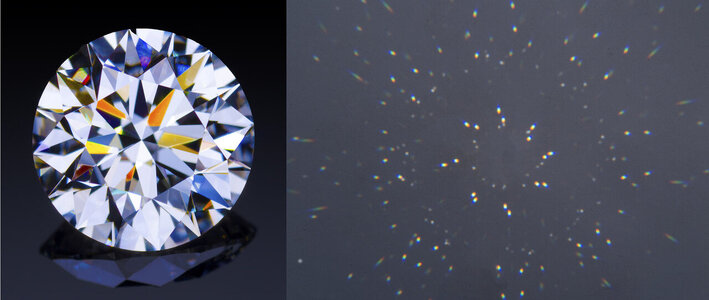

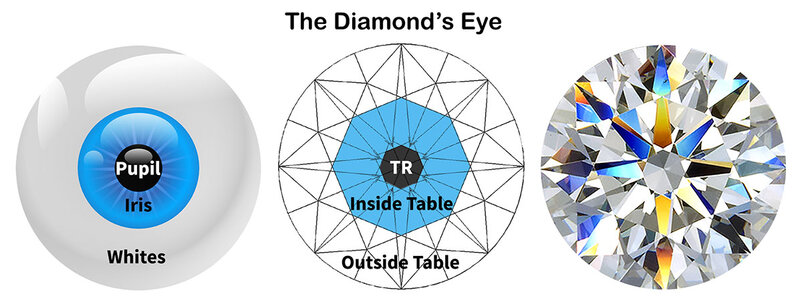


300x240.png)